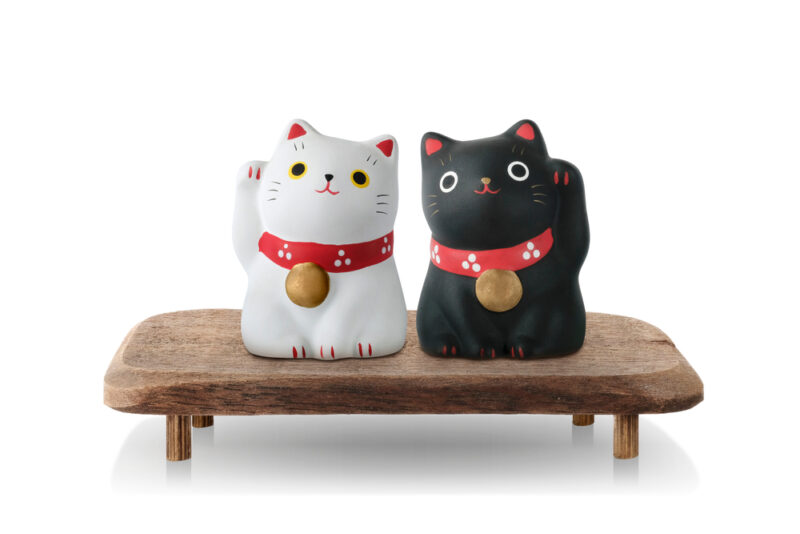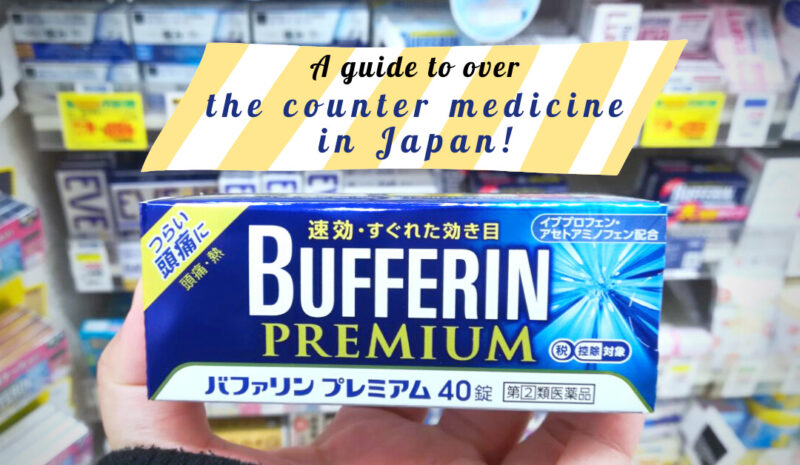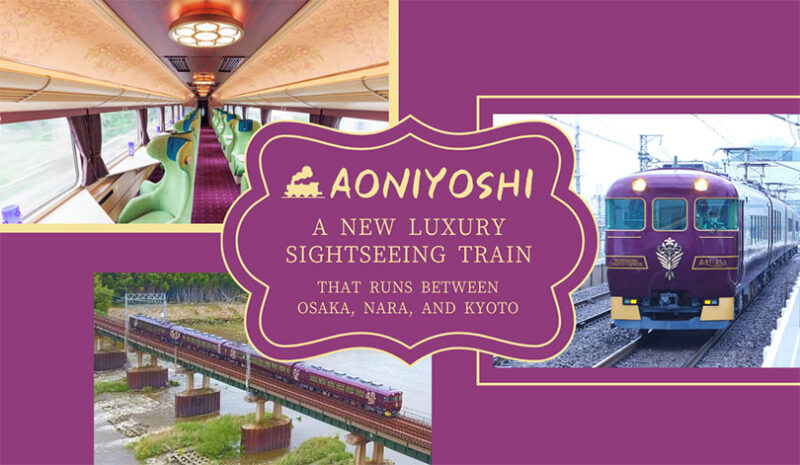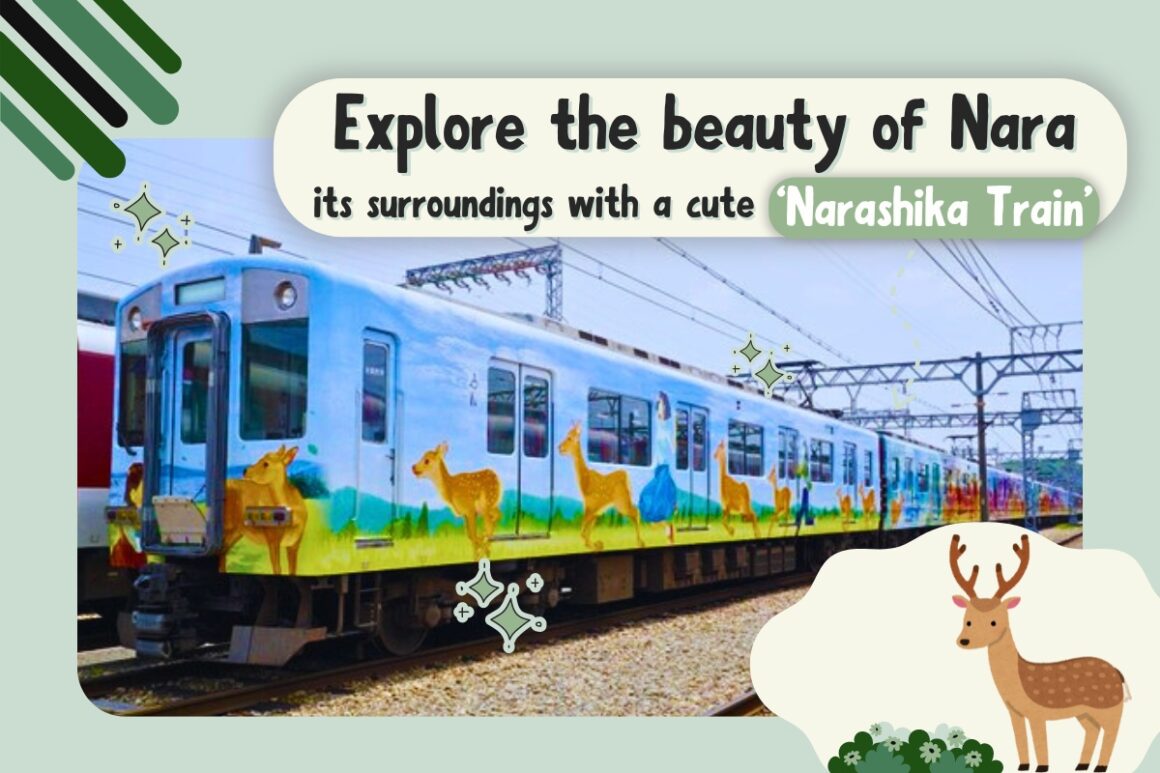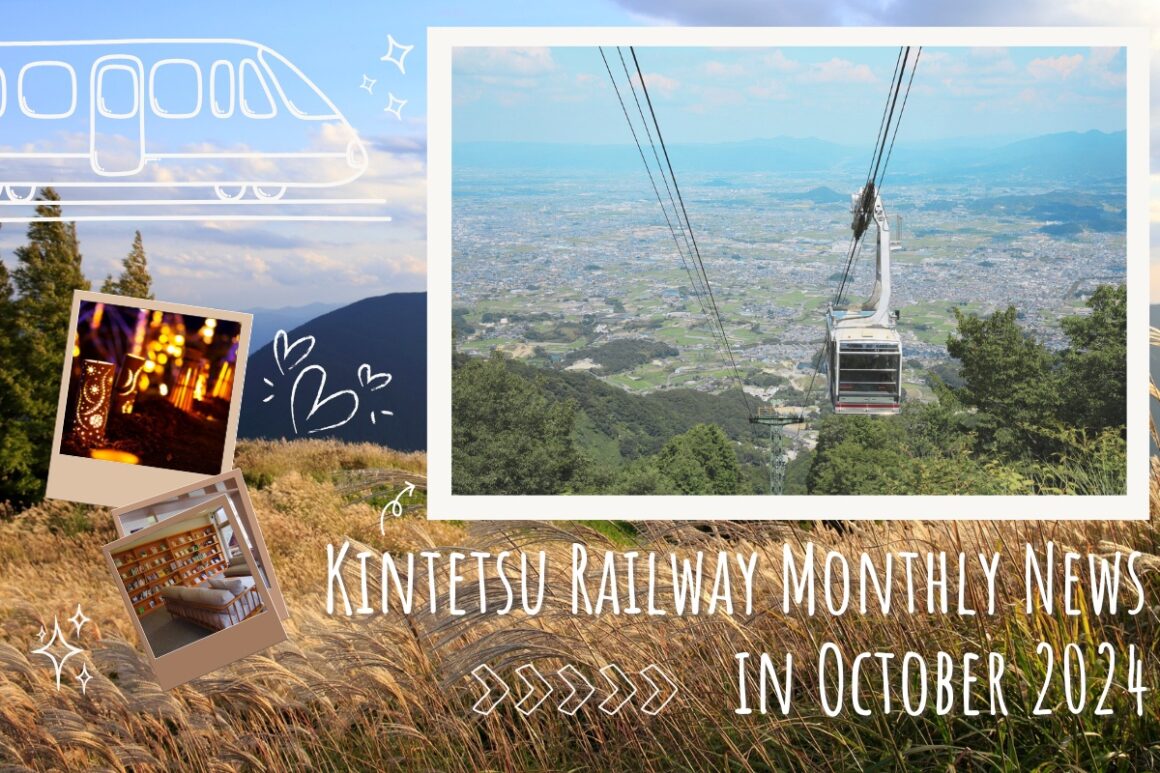Things you need to know about Manekineko!
Jun 09, 2022
You might have seen manekineko if you’ve been to Japan before, but perhaps you never really understood its roles and what it represents.
Manekineko is usually placed near the entrance or the cash register of shops, restaurants, and other business establishments. It is known as a beckoning cat or lucky cat, it is believed to bring good luck to its owner, just like daruma.
Manekineko also functions as a talisman, or a lucky charm, and it is often purchased as a gift, or as a house decoration.
Considered as one of the most recognizable symbols of Japan, stay tuned to learn more about this adorable cat statue!
Index
1. The History of Manekineko
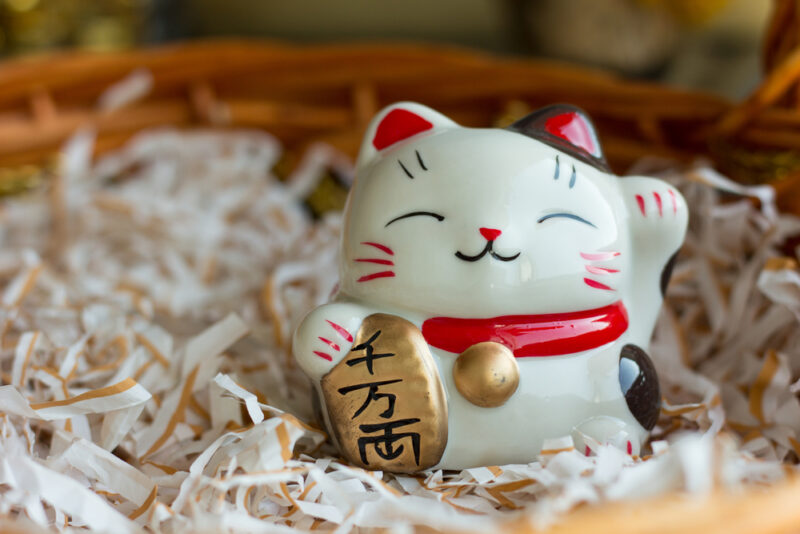
The history of manekineko dates back to a story from 1663, when a Japanese feudal lord, Li Naotaka, got caught in a rainstorm and tried to seek shelter under a nearby tree. He noticed a cat nearby beckoning him into a neglected shrine, and as he approached the cat, a bolt of lightning struck the tree he was under, causing it to crash down onto the ground.
Grateful for that, he restored the temple and renamed it Gotokuji Temple, which is believed to be the birthplace of manekineko afterwards.
2. The Meaning of Colors

The color of manekineko is usually white, but these days, you can find them painted in several different colors, including red (good luck and fortune), yellow or gold (money and fame), and pink (love and romance). All of them have neck ornaments like collars, bibs, and bells, and a koban, a gold coin used in the Edo period.
Manekineko is usually made of ceramic, but sometimes they are made of plastics, wood, or sometimes jades or gold. You can purchase them from the nearby shrines, or from the traditional decoration shops in Japan.
3. The Meaning of Manekineko’s Raised Paw
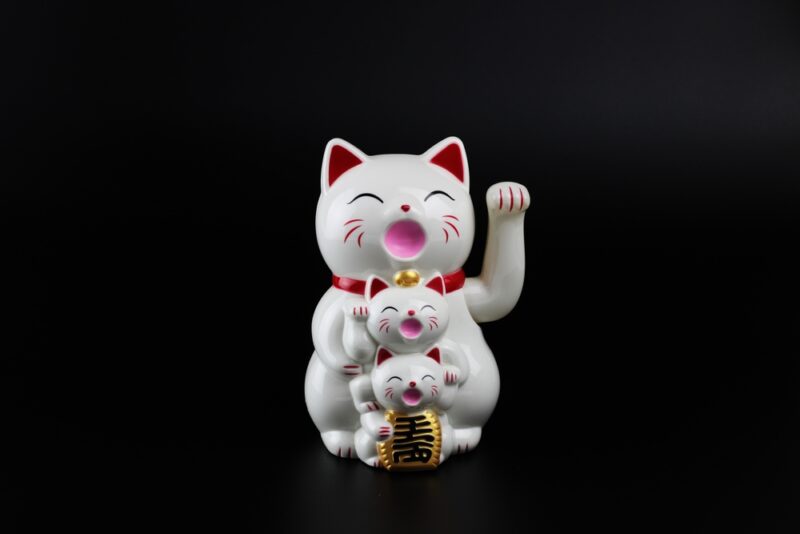
If you’ve seen manekineko before, you can say that its raised paw is perhaps the most defining characteristic they have. Some of them raise just their left paw, right paw, or sometimes, both paws.
Each has different meaning and belief, and their gestures are as follows :
- Right paw raised : brings wealth and good luck
- Left paw raised : attracts customers to a place of business
- Both paws raised : provides protection
Also, the higher the paw is raised, the more luck and fortune the cat is said to invite.
Now that you know the meaning of manekineko’s raised paw, how about purchasing it as a decoration for your house back home?
Read more articles
- Things you need to know about Daruma
- Things you need to know about Nihonshu!
- Things to try at the food stalls in Japanese festivals!
